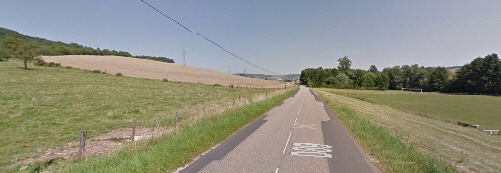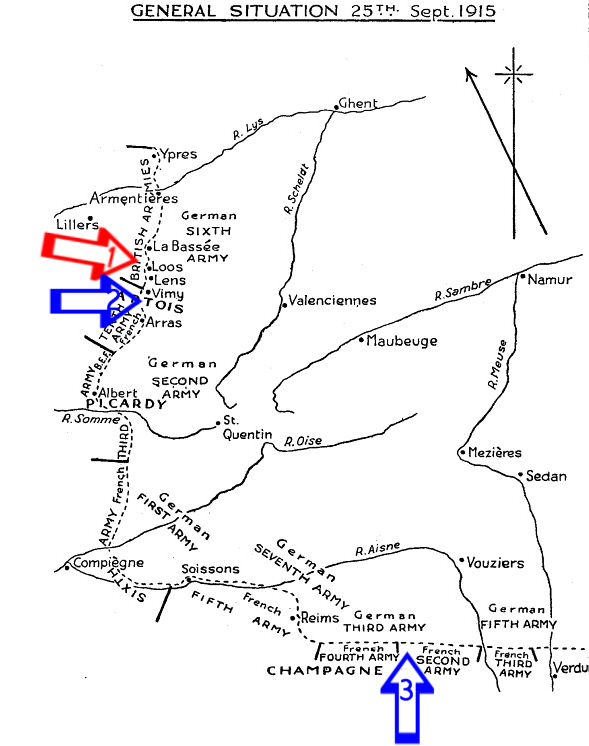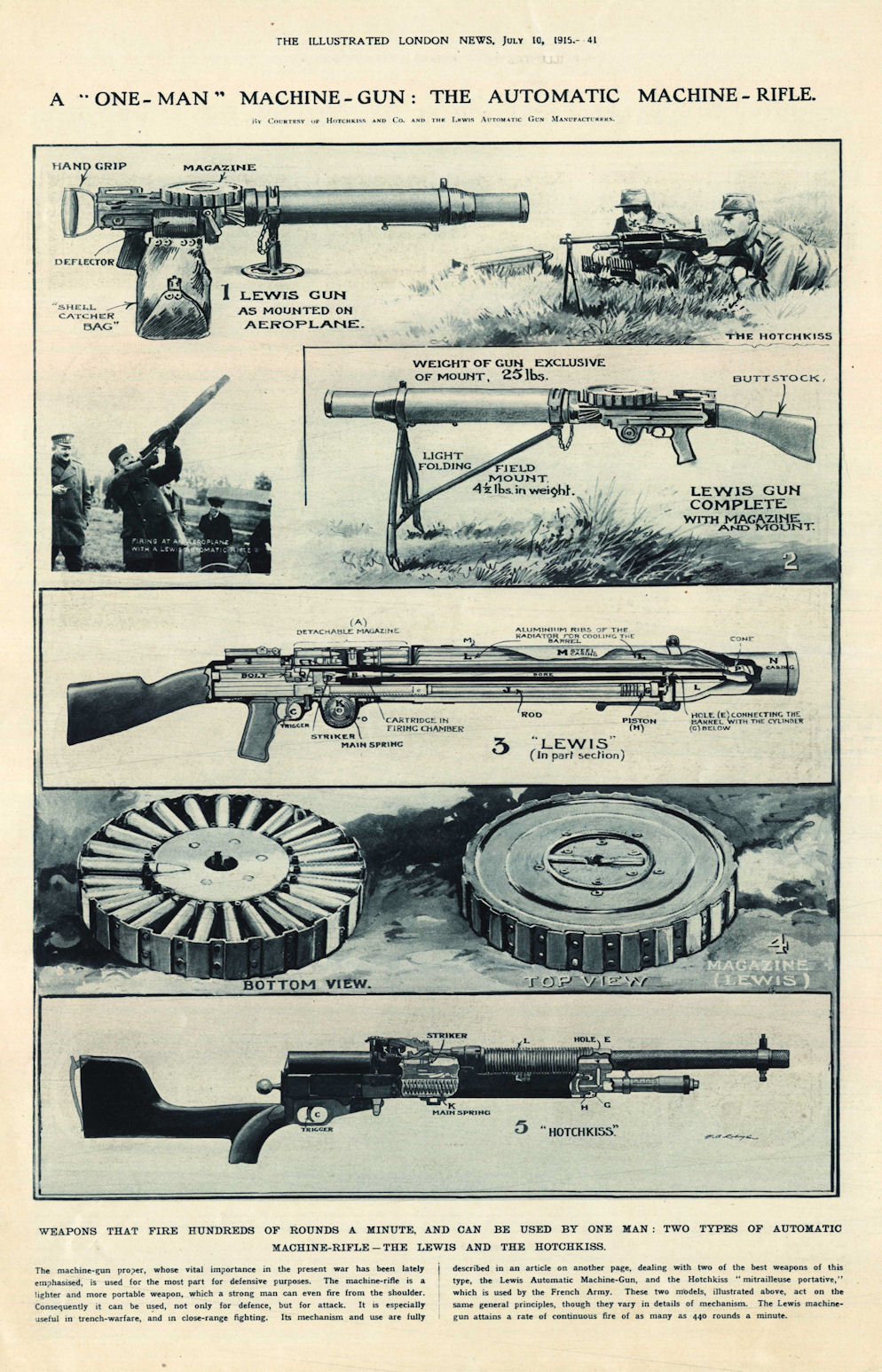
October 2015 |
Access Archives |

Western Front Trip Report 5
In August, I led my second battlefield tour of the year, this time exploring sites east of Paris pertaining to the actions of 1915 and the major AEF battles of 1918. I was privileged to have along four different individuals who had relatives who served in five different U.S. divisions on the Western Front. It's my practice to always leave enough flexibility in my itineraries to allow time to visit sites of personal significance for my traveling companions. This particular tour was really a treat for me, because I got to explore, often for the first time, a good number of places off my usual routes. Here are a couple of examples: 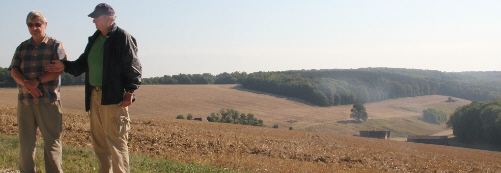 At Molleville Farm — 29th Division Sector
|
||||||||||||||||||||
Monthly Magazine of the First World War Subscribe for 2015 Now 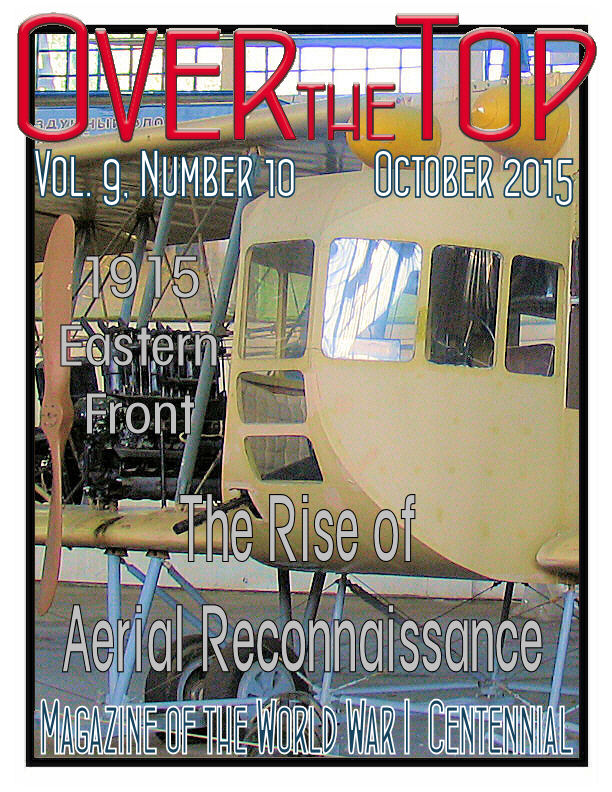
(Click Here for Sample Issue and Ordering Information) |

|
|
|
Local and Ongoing Events
The interest in the Great War generated by the Centennial commemorations has led to an explosion of local events and ongoing displays of art and artifacts from the war. The Centennial Commission has taken on the job of providing a list of all these presentations they hear about. Click HERE to view the current list.
Martyr
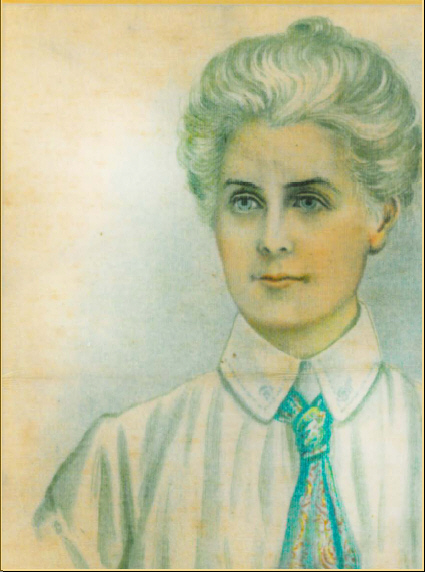
Edith Cavell, the Most Prominent Martyr Figure of the First World War, Was Executed by German Military Authorities in Brussels on 12 October 1915 (article)

Fall of 1915 on the
Western Front
It was in the fall 100 years ago that the Allies learned, undeniably, that there would be no quick or low casualty formula for breaking through the trench system on the Western Front. In late September they launched a double offensive on both faces of the main German salient into northern France. North of Paris a joint British-French assault was launched in Artois, which here will be labeled the Battle of Artois (French segment near Vimy Ridge) - Loos (British portion north of the French sector). In the Champagne at the same time two French Armies launched an attack (2nd Battle of the Champagne). In all cases, there were limited advances, that proved bloody and costly. Below on our Centennial page we provide a strategic overview of this campaign, but here are some sites that provide more details on the fighting.
![]() Capture of Souchez, Sept. 1915
Capture of Souchez, Sept. 1915
![]() Map: Artois, 1915
Map: Artois, 1915
![]() Battle of Loos
Battle of Loos
![]() Map: Loos, 1915
Map: Loos, 1915
![]() Second Battle of Champagne
Second Battle of Champagne
![]() Map: Champagne, September 1915
Map: Champagne, September 1915
![]() The Rear Area During Fighting in the Champagne, 1915
The Rear Area During Fighting in the Champagne, 1915

What's Going On Here?

Somewhere in Blighty
This is a shop that manufactured dummy heads of British soldiers to be placed behind loopholes in the trenches to attract fire from enemy snipers. According to WWI British sniping guru, Major H. Hesketh-Prichard, the best way to locate an enemy sniper was to "push a dummy head (papier-mâché works well) slowly above the parapet."
These were used in a sophisticated fashion using trench telescopes matched to the double holes made in the hollow heads to get a precise line on the location of the enemy. Also, to give the dummy head an especially lifelike appearance, a cigarette was placed in its mouth, and it was smoked through a rubber tube.

From a Kipling Classic
One grave to me was given,
One watch till Judgement Day;
And God looked down from Heaven
And rolled the stone away.
One day in all the years,
One hour in that one day,
His Angel saw my tears,
And rolled the stone away!
Rudyard Kipling, "The Gardener," 1925
Read the full story here:
(link)
(Actually, you'll need to read the story at least twice.)

U.S. Centennial Organizations & Resourcesworldwar-1centennial.org/ theworldwar.org/ www.ww1-centennial.org/ www.firstdivisionmuseum.org/ www.abmc.gov/ www.overthefront.com/ www.nationalmuseum.af.mil/ www.worldwar1.com/dbc/ facebook.com/wwiinventory wisconsinhistory.org/ www.uswarmemorials.org/ www.macarthurmemorial.org/ www.saving-hallowed-ground.org/ www.theprgroup.org/ Support Worldwar1.com's Centennial Effort
|
The Centennial Ticker
|
 Lt. Col. William Thaw (USAF National Museum) |
Lt. Col. William Thaw, pictured above in a revealing pencil drawing by Henri Farré, was a World War I flying ace who flew with the Lafayette Escadrille. He may have been the first American pilot to engage in aerial combat. Flying a Nieuport, he scored his first victory in May 1916. Thaw was also responsible for the acquisition of the squadron's mascots, lion cubs Whiskey and Soda.
Thaw learned to fly in 1913, while he was attending Yale University and became something of an aerial daredevil. His father, a successful businessman, bought him a Curtiss Hydro flying boat that he took to France for the Schneider Trophy races. When war broke out, Thaw gave his airplane to the French and enlisted in the Foreign Legion, flew with a French squadron, and eventually made his way to the Lafayette Escadrille. When America entered the war, he, along with 16 other pilots from the French Air Service, transferred to the American Air Service and joined the 103rd Aero Squadron, bringing along the "Indian Head" insignia from the Lafayette Escadrille. Thaw was named commander of the squadron, initially, and was later promoted to lead the 3rd Pursuit Group. He continued flying missions and was credited with enough additional kills to earn ace status. He was twice awarded the Distinguished Service Cross for his victories and leadership. After the war Thaw returned to his home town and became a successful insurance man until his early death in 1934 after a bout with pneumonia. Among the medals and war souvenirs his family found was the Lafayette Escadrille's famous Bottle of Death. That bottle, signed by most of the squadron, had contained an 80-year-old bourbon whiskey. Each time one of the unit's fliers scored an air victory he had been entitled to a shot from it.
WWI Commission's Outreach to Congress Continues

Dr. Libby O'Connell Addressing Congressional Staffers
The World War One Centennial Commission's outreach to Capitol Hill continued last month. Commissioner Dr. Libby O'Connell briefed Congressional staffs on the impact of the war on today's world and the status of the Memorial design competition. Dr. O'Connell is an Emmy-winning TV producer and currently the Chief Historian for the History Channel.
LEARN ABOUT THE WAR!
Two Outstanding WWI Conferences Coming Up!
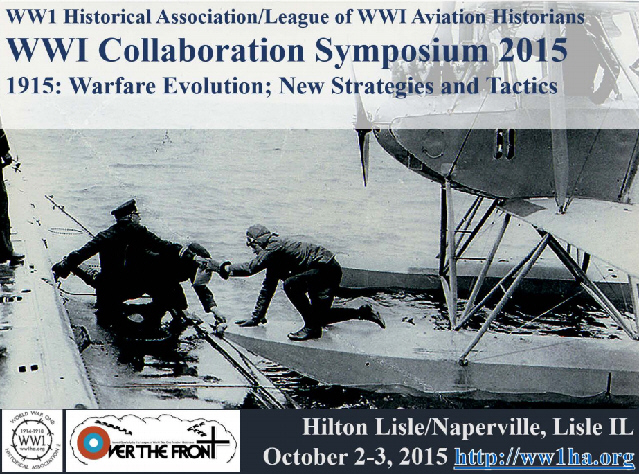
ABOUT THE PROGRAM
LOCATION & DATES: Hilton Lisle/Naperville, Lisle, Illinois, 2-3 October
FOCUS:
The 2015 World War One Historical Association and League of WW1 Aviation Historians Collaboration Symposium features the theme: "1915: Warfare Evolution; New Strategies and Tactics." The program includes speakers on Gallipoli, Armenian Genocide, U-boats, Western Front 1915, and several aviation topics, plus a model contest, reenactors, wargames, and vendors. This year’s symposium is dedicated to the memory of our past president, Len Shurtleff.
FEATURED SPEAKERS AND ACTIVITIES
Jack Tunstall: Eastern Front, 1915 (with an eye on Aerial Ops)
Kelley Szany: In the Shadow of War: The Armenian Genocide 1915-1918
Jon Guttman: Through, Above and Around: Arming the First Allied Fighters in 1915
Dick Church: The Kaiser’s U-Boats: Unrestricted Submarine Warfare, the Lusitania, and Will They Bring America into the War?
Steve Suddaby: Aerial Bombing, 1914-1915: Crossing the Rubicon with Baby Steps
John Mosier: Western Front, 1915
Lance Bronnenkant: Early German Aces and the Interrupter Mechanism
Paul Grasmehr: Gallipoli
Also: 1st Infantry Div. Museum Tour, Friday pm; Modeling Contest, Re-enactors, Strategy Games and vendors
SYMPOSIUM FEE:
$250 per person
$40 for spouses to attend Friday night’s banquet.
Hotel Booking Code: '2015 World War One Seminar'
REGISTER AT:
http://ww1ha.org/2015-symposium-registration/
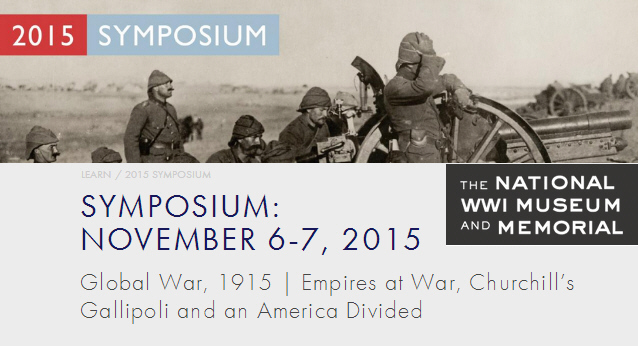
ABOUT OUR PROGRAM
LOCATION & DATES: At the National World War I Museum and Memorial,
6-7 November
FOCUS:
Explore the rising tensions in America and the globally escalating conflict that defined the world in 1915. Follow the trajectories of different countries around the world as the conflict escalated to total war, including fighting in the colonies and East Asia, stalemate in the West, Churchill’s disaster at Gallipoli, mobilization at home, and the polarization of American society around the issue of war.
FEATURED SPEAKERS:
Mustafa Aksakal (Associate Professor of History at Georgetown University and the Neshuhi Ertegun chair of Modern Turkish Studies)
Gary Armstrong (Professor of Political Science at William Jewell College)
Christopher Bell (Professor of History at Dalhousie University in Halifax, Nova Scotia)
Susan Grayzel (Professor of History at the University of Mississippi)
Edward Gutierrez (Lecturer at Northeastern University)
Jason McDonald (Visiting Assistant Professor of American History at Truman State University)
Candice Millard (Author and former writer/editor at National Geographic magazine)
Michelle Moyd (Associate Professor of History at Indiana University-Bloomington)
David Stone (Kansas State University/Naval War College).
SYMPOSIUM FEE:
The registration for the symposium is:
$195 early bird pricing (Deadline October 1, 2015)
$245 per person (After October 1, 2015)
A block of rooms is set aside at the Kansas City Marriott County Club Plaza
REGISTER AT: https://theworldwar.org/learn/2015-symposium/

25 September - 6 November 1915:
|

Announcing Our 2016 Centennial Battlefield Tour Schedule

2 - 10 May 2016: Verdun In-Depth
14 - 21 August 2016: The Somme In-Depth
The full brochure covering both trips and registration details can now be downloaded at:

This Month's Recommended Great War Author —
|
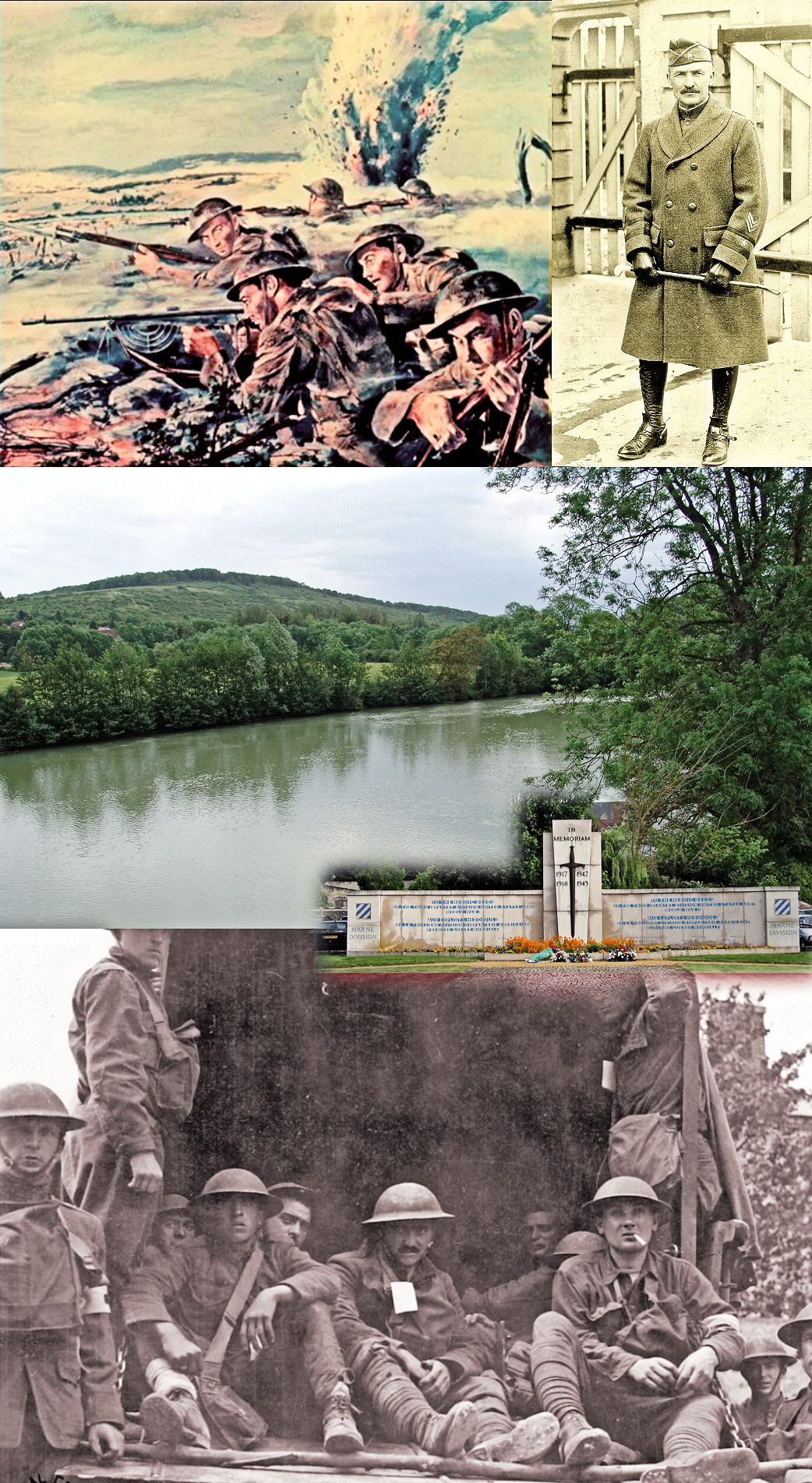 Official Art, Col. Mc Alexander Marne River, 3rd Div. Monument Survivors |
Harris, however, bridges these shortcomings by focusing on particularly interesting regiments (of about 4,000 soldiers each). This allows him to incorporate personality sketches of many members of the unit from privates to colonels with a broad view of both the strategic situation and the specific tactical challenges facing the men. His first three works focused on three New York-based regiments from that state's National Guard that had distinctly different wartime experiences. The 107th "Silk Stocking" regiment of the 27th Division fought entirely under British command during their service on the Western Front. The 369th "Harlem Hellfighters," on the other hand, fought exclusively with French armies. The third, 165th, formerly the "Fighting 69th," served with the Rainbow Division under General Pershing.
In his fourth and soon forthcoming work, Rock of the Marne, he crosses over from the National Guard to a regular army regiment, the 38th of the 3rd Division, which played a key role in halting the last German offensive of the Great War on the Marne River in July 1918. We will be doing a full review of this important work in the near future, but I have to add a personal note here. Since I've recommended Steve Harris's works to our readers in the past, and have visited the actual "Rock of the Marne" battlefield, he asked me to review the manuscript. After reading his proofs, I have a much better understanding of the incredible challenges and dangers those men deployed along the Marne River, and a profound admiration for the regiment's commander, Colonel Ulysses Grant McAlexander. Rock of the Marne has my personal 5-star recommendation. As does one of the earlier volumes in the series, Duffy's War, which I have previously described as "the finest American unit history from the First World War." Here is our literary editor David Beer's review of that work. MEH
and the Irish Fighting 69th in World War 1
By Stephen L. Harris
Published by Potomac Books, Inc., 2006
If you want to get a real feeling for what is so often called the American Experience in World War One you could do little better than read the regimental histories by Stephen L. Harris, of which Duffy's War is the third volume. Duffy's War focuses on the New York National Guard's "Fighting 69th," which became the Army's 165th Infantry. The regiment was part of the 42nd Rainbow Division.
Here are four of Harris's works — all strongly recommended, including his forthcoming Rock of the Marne that can be ordered now.
As its title implies, much of the book circles around the legendary Catholic priest, Father Francis Duffy, but "Wild Bill" Donovan (later to found the OSS), General Frank McCoy, the poet Joyce Kilmer ("Trees" and "Rouge Bouquet") who was killed, and others all play their part in the narrative. However, the main character, the one who permeates the book and brings home to us the unvarnished foot-slogging monotony of the war plus its dreadful combat horrors, is the band of New York Irish-Americans who make up the Fighting 69th. [Note: The New York 69th Regiment was redesignated the 165th Infantry Regiment for its time with the AEF.]

Author Stephen Harris
There's no doubt the regiment Father Duffy became attached to was an Irish-American outfit. A veritable waterfall of Celtic names shower us as we follow the activities of the 69th—Conley, Connors, Donovan, Doughney, Finnerty, Flanagan and so on to O'Brien, O'Connell, O'Rourke, plus Reilley, Ryan, Shannon, Sheahan, Tierney, and many others. These sons of Irish immigrants — or immigrants themselves — form their own culture and national pride, love Ireland almost as much as their adopted land, and uniformly despise England. Many Americans questioned whether they would even fight in a war that put them on the same side as the British, and prior to the U.S. declaration of war a strong anti-war movement composed of Irish-American politicians and others existed in the United States. Yet these Irish-Americans answered the call in large numbers and became patriotic and effective soldiers.
Before the regiment made its way to the front lines, where it spent some 170 days and suffered hundreds killed and thousands wounded, it first had to endure the rigors of days on the march through the Vosges Mountains. Although not particularly mountainous, the range is rugged enough and the 165th negotiated it in the dead of winter, covering 15 to 20 miles each day. We learn how ill-equipped the troops were for such weather and terrain. Much emphasis is placed on the hobnailed shoes the troops had been issued that split so badly that men hiked with frozen feet in the snow. During the four-day march five men died of exhaustion and mules dropped dead on the trails. Kitchens were stuck far behind in mud and snow and the men went hungry. Many were too tired by nightfall to want to eat anyway. Some begged for morsels from French villagers who watched a "ragged, shivering, and starving army" plod by. Even when they reached their destination, supplies lagged far behind. The medical officer found that many men had been unable to change their clothes, including underwear, for two months. Platoon commanders ordered their men to change their socks daily due to the danger of trench foot.
The troops soon saw intense action at the front, taking part in five major engagements involving, as one soldier described it, many days of "savage attacks and counter-attacks." These are described by the author with unflinching impact, and although the book is 379 pages of solid history based on numerous sources, Duffy's War reads like an exciting historical novel as it moves along with countless details and insights and vividly brings major actions and characters to the forefront.
One such person, the poet Joyce Kilmer, recorded much of this action, and his observations were published as a memoir after his death. He was also moved to poetry by his experiences and wrote one of his best poems as a result of what happened — "In a Wood They Call the Rouge Bouquet." When Kilmer was killed in action on 29 July 1918, many comrades were greatly affected by his death, and they buried him with great respect where he had died, "between a grove of trees that ran along the bank [of the Ourcq River] and the wheat field. . . We sure hated to see him get killed." (p. 292)
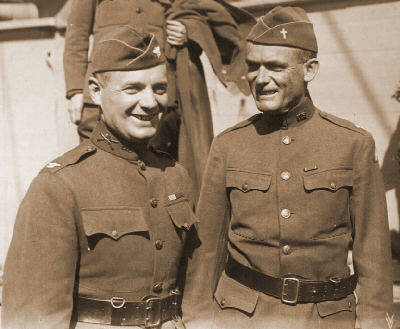
Wm. Donovan and Father Duffy
Meanwhile, never far from the action, the figure of Father Duffy looms in the background and often in the foreground. He is "among his boys in the muck." He is a comfort to the troops, realistic and godly but never pious or righteous. One private felt Duffy's courage inspired the troops in action because "Wherever things were the hottest there was Father Duffy, crawling around from shell hole to shell hole." The same private at one point saw Duffy "with red eyes burying our dead right out in the open. . . He was digging away with a pick by himself, just as cool as though planting potatoes in his backyard." (p. 353) Father Duffy, we learn, is not above getting involved in military shenanigans either and actively plots and schemes to get the leader he wants — Wild Bill Donovan, in command of the 165th Infantry once the war is over.
Duffy Square, in the northern triangle of Times Square in Manhattan, is today the home of the good Father's imposing statue. The classic 1940 movie The Fighting 69th, starring James Cagney and Pat O'Brien (as Duffy), still brings this brave band of Irish-Americans back to life for us, just as Stephen Harris's excellent book most undoubtedly does.
David F. Beer
P.S. Last month we recommended the award-winning Maisie Dobbs mystery novels of Jacqueline Winspear. Since then, we have learned THE CARE AND MANAGEMENT OF LIES, published last year, has been named as a finalist for the Dayton Literary Peace Prize for 2015. (link)
Reload page if any book covers fail to appear.

The Lewis Gun
|

Mte Piana: A Bloody Battlefield —
| ||

One candidate for title "World's Most Spectacular Battlefield" is certainly Monte Piana, located about 12 kilometers northeast of the ski resort of Cortina, Italy. At least it has some of the most dramatic views for the poor guys stuck in the trenches. Its aesthetic value derives from its confirmation — Monte Piana is a high plateau, mostly flat — but lower than the surrounding mountains, which are some of the most impressive of the Alps.
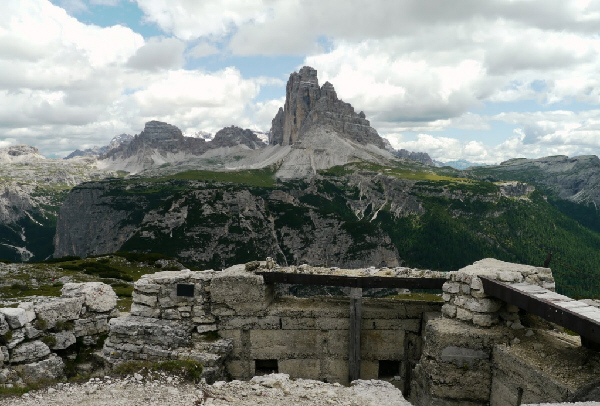 Austrian Outpost
During the First World War Austrians and Italians fought each other atop Monte Piana (7,625 foot elevation on the southern peak). This mountain of the Sexten Dolomites range was the scene of a slow but gruesome attritional war. The area overlaps the former 1753 frontier between the Republic of Venice (Serenissima) and Tyrol. A boundary stone is still visible on site.
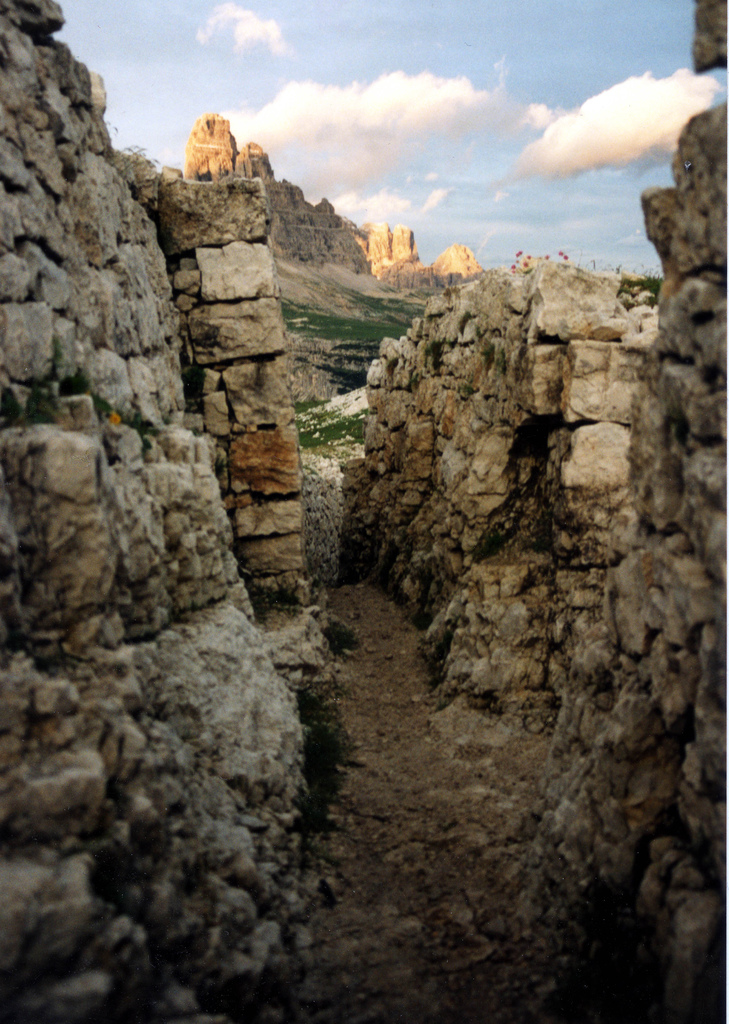 Austrian Trenches
Immediately after the war's outbreak, in early June 1915, the troops of Standschützen tried to gain the dual summits. Heavy casualties took place on both sides and resulted in a stationary front line with the mountain's north summit occupied by the Austrians, the southern (slightly higher) summit by the Italians. The outposts, trenches, and tunnels of the opposing sides were only a few meters apart in places. The situation stabilized until the October 1917 battle of Caporetto forced the entire front south. Fourteen thousand soldiers, Italians and Austrians, lost their lives on this single mountain.
 Italian Memorial to the FallenSource: La Grande Guerra |
| Thanks to each and every one of you who has contributed material for this issue. Until our next issue, your editor, Mike Hanlon. |
|
|
Content © Michael E. Hanlon
